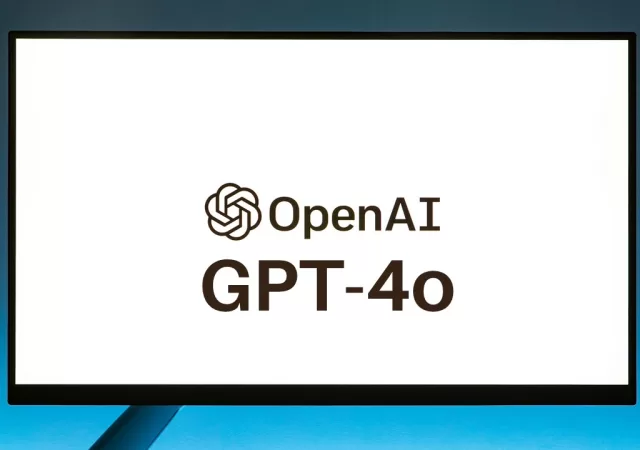Sony Music Entertain warns over 700 tech and streaming companies about using its artists’ content for training AI models.
OpenAI Unveils GPT-4o: A Sassier, More Robust Version of GPT-4
Open AI announces GPT-4 omni (GPT-4o), a more advanced model of GPT-4 capable of more than just text generation.




